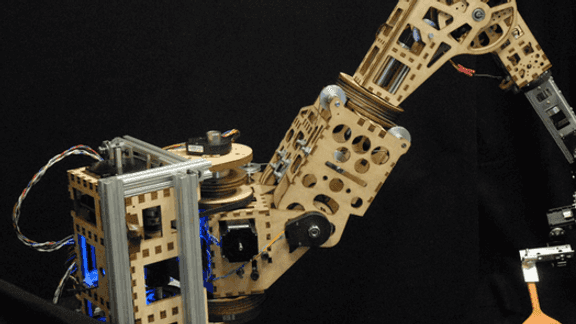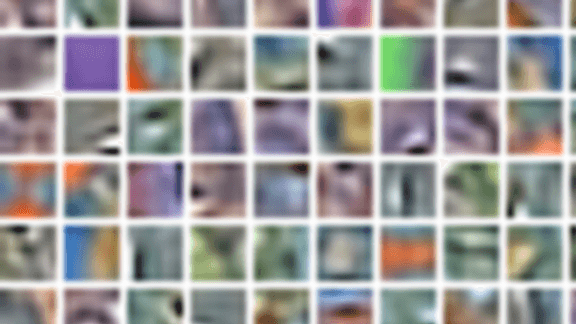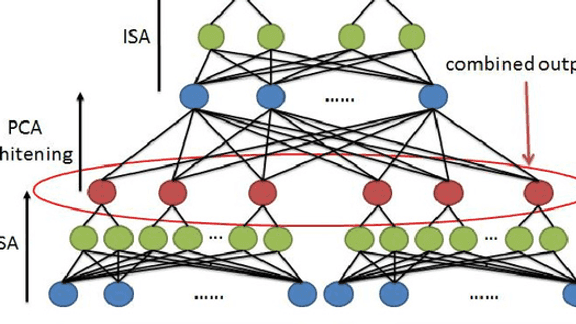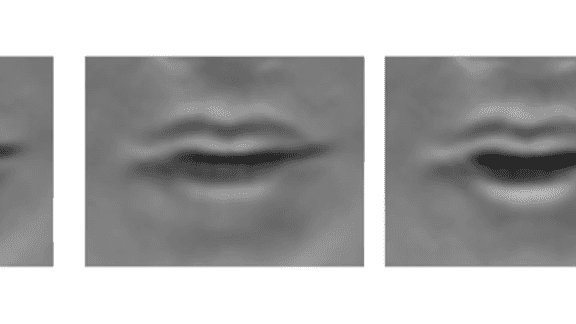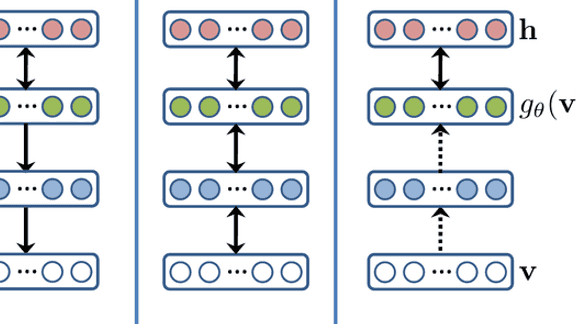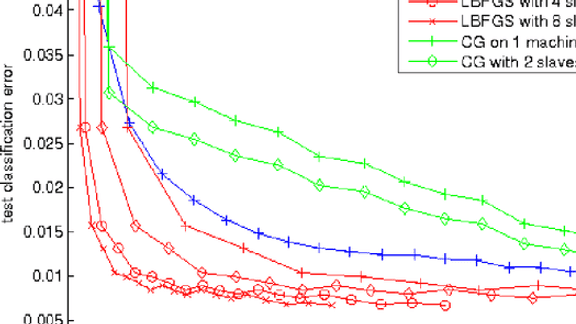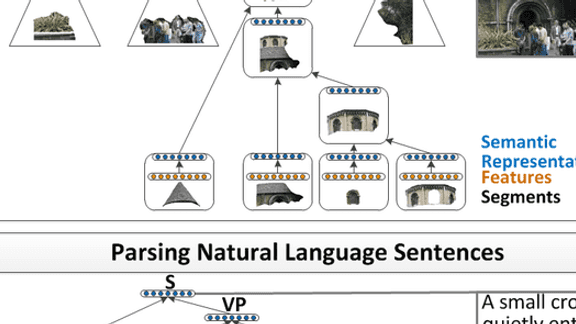
Grasping with Application to an Autonomous Checkout Robot
In this paper, we present a novel grasp selection algorithm to enable a robot with a two-fingered end-effector to autonomously grasp unknown objects. Our approach requires as input only the raw depth data obtained from a single frame of a 3D sensor. Additionally, our approach uses no explicit models of the objects and does not […]
